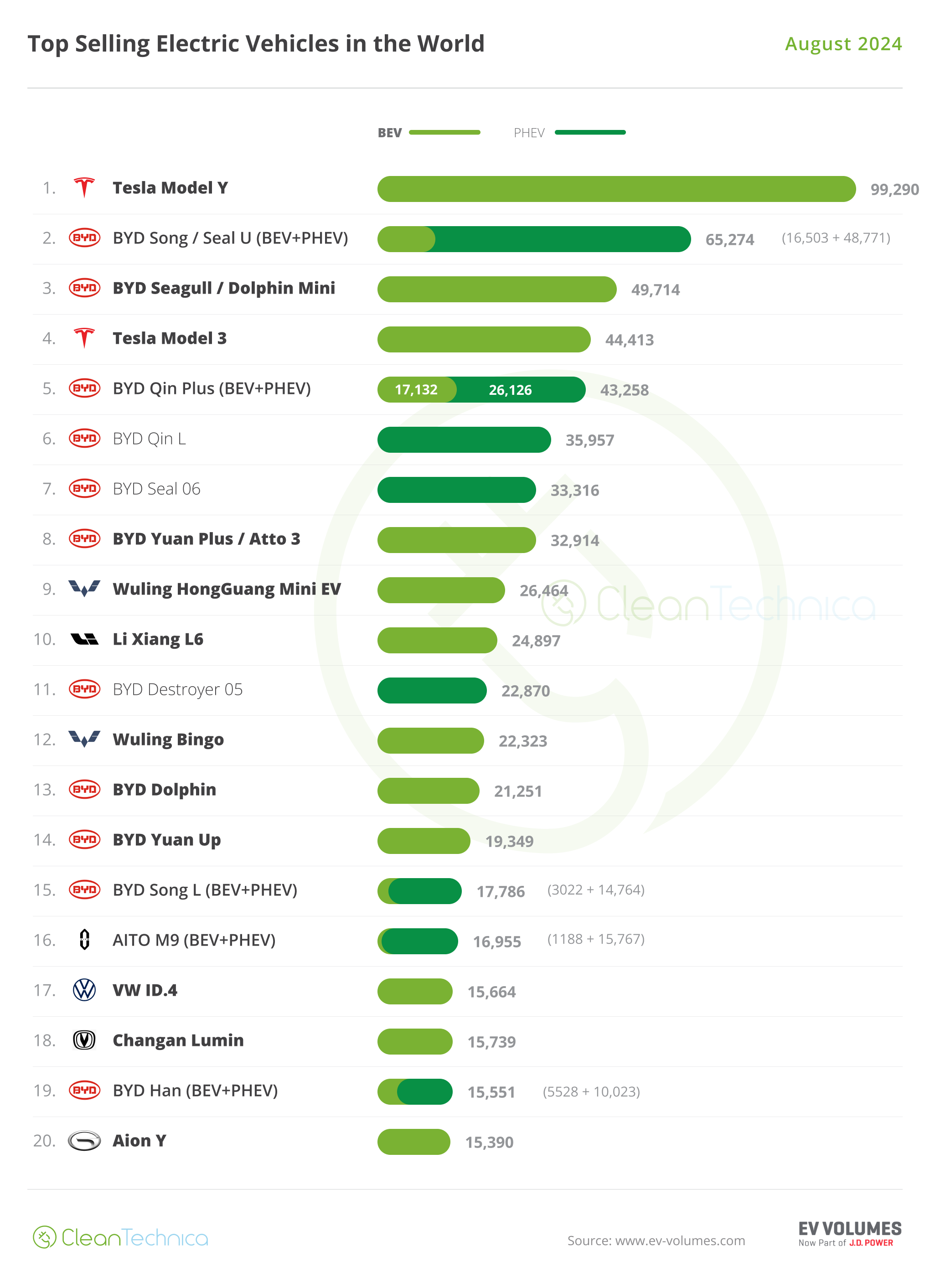Sign up for daily news updates from CleanTechnica on email. Or follow us on Google News!
About a week ago, Cynthia posted a renewable energy and EV roundup. In it, she mentioned that some Wendy’s restaurants have enrolled in a community solar power and renewable energy credits program with Ampion.
There was a social media post on LinkedIn about it too, so it seemed like an intriguing prospect for an interview. I have always found community solar to be interesting because it isn’t possible for all businesses and homeowners to get their own solar power systems installed. With community solar, they can still source electricity from this type of clean, renewable energy.
I reached out to Ampion and Vihann Kong, the company’s Senior Executive Director, answered some questions about working with Wendy’s.
Over 130 Wendy’s Company and franchise locations are working with Ampion+ to use community solar and renewable energy credits to utilize solar power at those locations. How does Ampion+ make it possible for the restaurants to use solar power?
Community solar is a distributed generation (DG) model that enables utility customers to subscribe to a portion of a local solar farm. For businesses with many smaller retail locations, like Wendy’s, Ampion+ is a way for the company to source renewable energy across multiple states, with each location subscribing to a solar farm in their area. This benefits the communities they serve by bringing renewable energy to the grid and reducing greenhouse gas emissions.
Wendy’s participation in community solar, in combination with Ampion+, allows their restaurants to benefit from renewable electricity, while helping to bring renewable energy to their local communities. Wendy’s participation in community solar helps bring renewable energy to the grid and reduce greenhouse gas emissions in local communities.
Do the restaurants also use some grid-connected electricity from their local utilities?
Yes. The restaurants’ electricity delivery is still with their local utility and the restaurants will receive electricity as normal. As is the case with all of our community solar subscribers, Wendy’s restaurants are allocated a share of one of our solar farms sized appropriately based on their electricity usage and energy needs. Through community solar, the energy produced by their share of the solar farm is added to the grid’s electricity supply.
How do organizations use Ampion+ to secure renewable energy credits, and where do the RECs come from?
Ampion+ is a Green-e® certified product administered by The Center for Resources Solutions. We source our RECs from verified CRS wind and solar facilities.
The certification enables Ampion to sell RECs, which are retired on behalf of the corporate subscriber. It confirms that the renewable energy is generated from new facilities, marketed transparently and accurately, and delivered to the purchaser, who maintains sole title. This gives Ampion+ customers the evidence required for ESG reporting.
Through Ampion+, we bundle RECs with the subscriber’s community solar subscription. This way, companies don’t have to worry about managing a separate process for energy savings and ESG efforts.
Do the community solar projects also have their own energy storage?
These community solar projects currently do not have energy storage. But we are seeing more and more emphasis on storage, and as regulations evolve, we hope to see storage as a part of these projects.
New York has successfully added community solar projects with storage. However, these projects don’t always align with utility planning or needs. The integration of community solar with storage into utility grid planning is still developing, but we expect improved utility coordination in the future.
How do organizations that use the services of Ampion+ benefit?
Organizations can use the benefits of community solar and Ampion+ to help achieve their ESG and Scope 2 and 3 emissions goals in one easy transaction.
Through Ampion+, businesses can streamline their renewable energy efforts through bundled RECs and community solar savings.
How many customers does Ampion+ have currently, and are they growing?
We created Ampion+ last year, and saw tremendous growth since its inception. We currently have many large-scale enterprise organizations on our platform, including Fortune 500 companies, and are working with many others to help them source solar energy and substantiate their environmental claims with Ampion+. Be on the lookout for more announcements in the coming months. We have over 20 companies enrolled in Ampion+.
What is their roadmap for the next 3–5 years?
By 2030, Wendy’s goal is to reduce absolute Scope 1 and 2 GHG emissions by 47%, Scope 3 GHG emissions from purchased goods and services by 47% per metric ton of goods, and Scope 3 GHG emissions from franchises by 47% per restaurant. This is compared to a 2019 baseline.
We’re seeing more and more companies like Wendy’s seeking sustainable solutions to help meet Science-Based Targets put in place by the Science-Based Targets Initiative (SBTi), which provide a clearly defined path to cut emissions.
As for Ampion, Ampion+ is just the start. We are tackling the S in ESG next, and hope to provide an exciting announcement soon.
In the US, is community solar growing, and if so, is it expected to continue growing?
Yes. More and more states are seeing the benefits community solar has for their residents and community partners. There is a lot of momentum and we are seeing many states begin to adopt community solar programs or propose community solar legislation.
Many states with community solar have recently amended their programs or adopted new ones designed to expand community solar access.
Minnesota’s new LMI Accessible CDG program offers incentives to developers and aims to extend the benefits of community solar to low-to-moderate income residents. Under this new program, 100 MW will become available each year in 2024, 2025, and 2026.
Colorado has also introduced a new bill to improve the state’s existing community solar program and make the state a more attractive market for solar development. Under the new bill, SB24-207, at least 51% of each community solar project capacity will be reserved for income-qualified residential subscribers.
Ohio might be the next state to adopt community solar. The state has a proposed community solar bill, HB 197, with bipartisan support.
Alaska might also be the next state to pass community solar legislation. There is a bill awaiting the governor’s signature.
New York is a national front-runner and set an ambitious target of reaching 10 GW of distributed solar capacity by 2030.
Massachusetts has recent updates to its net metering regulations with a goal to expand community solar access to more residents. Ampion is eager to see these long-awaited changes come to fruition.
Have a tip for CleanTechnica? Want to advertise? Want to suggest a guest for our CleanTech Talk podcast? Contact us here.
Latest CleanTechnica.TV Videos
CleanTechnica uses affiliate links. See our policy here.
CleanTechnica’s Comment Policy





